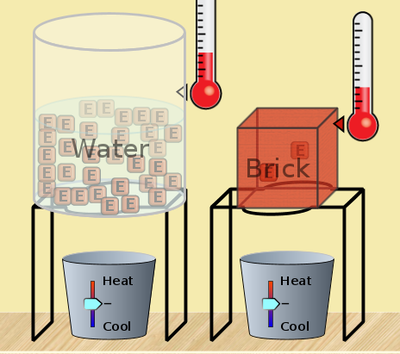Angles formed when a transversal intersects parallel lines
Jump to navigation
Jump to search
Objectives
Estimated Time
90 minutes
Prerequisites/Instructions, prior preparations, if any
- The students should have prior knowledge of parallel lines , transversal, angles and types of angles formed when a pair of parallel lines are intersected by a transversal.
- They should know what the terms interior, exterior, adjacent, alternate, consecutive, congruent, linear and corresponding mean.
- Students should know the definition of complementary angles, supplementary angles, and congruent angles.
- Multimedia resources :
Laptop
- Website interactives/ links/ / Geogebra Applets :
Materials/ Resources needed
Laptop, geogebra file, projector and pointer.
Process (How to do the activity)
- Reiterate that when a transversal intersects parallel lines, several pairs of congruent and supplementary angles are formed.
- Have students draw two parallel lines and a third line(transversal) intersecting those two lines on their own paper. Direct them to think about any angle relationships they see. Have them discuss their conjectures with a partner.
- The teacher can next project the GeoGebra worksheet and discuss about types of angles and their relationships with the class .
- Finally the teacher and students can summarize together the angle relationships.
Linear pair of angles - adjacent and supplementary
Vertical angles - congruent
Corresponding angles -congruent
Alternate interior angles - congruent
Same side interior angles - supplementary
Alternate exterior angles - congruent
Same side exterior angles - supplementary
Developmental Questions (What discussion questions) :
- How many pairs of corresponding angles are there ?
- What is true about corresponding angles formed when parallel lines are cut by a transversal?
- Compare different pairs of alternate interior angles. What do you notice?
- <EGD and <AHF are alternate exterior angles. What is another pair of alternate exterior angles?
- Compare different pairs of same-side interior angles. What do you notice?
- Compare different pairs of same-side exterior angles. What do you notice?
Evaluation at the end of the activity
- What are the characteristics of linear angles (adjacent and supplementary) ?
- What do you observe about the angle measures of the linear angles?
- Question Corner :
- What do adjacent , alternate, linear , corresponding and consecutive mean individually
- What are complementary angles?
- What are supplementary angles ?
- What does it mean if two angles are congruent?
- What is the complement of 65 degrees
- What is the supplement of 70 degrees?
- Compare angle relationships formed by parallel lines vs. angle relationships formed by non-parallel lines.
